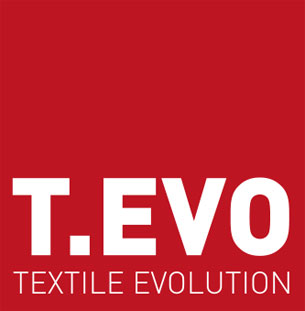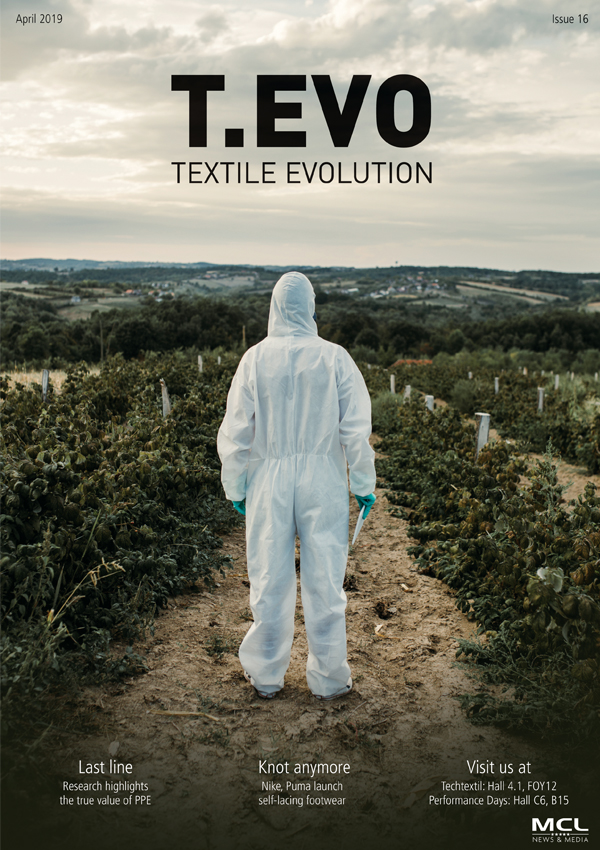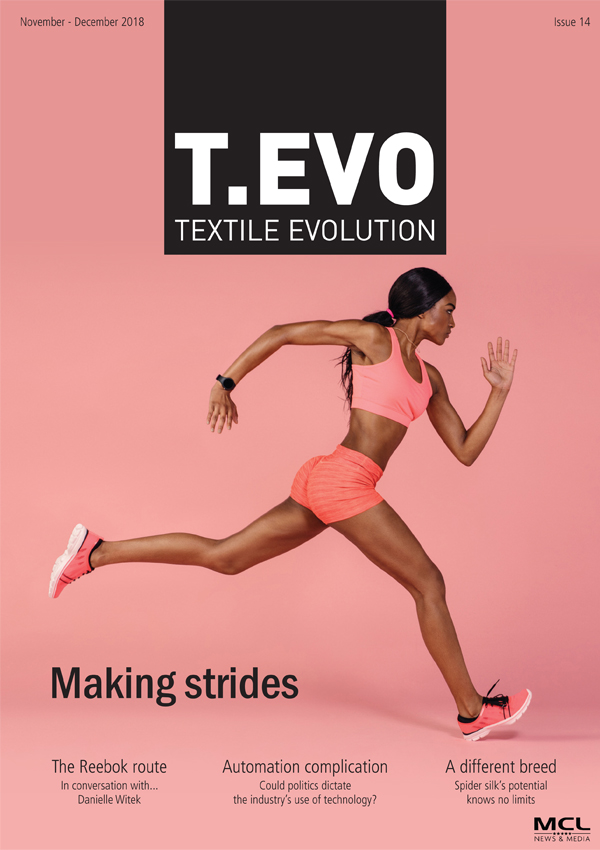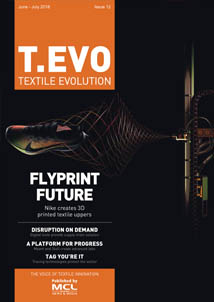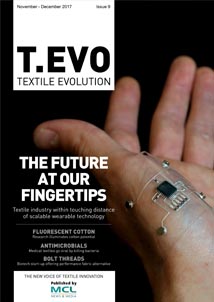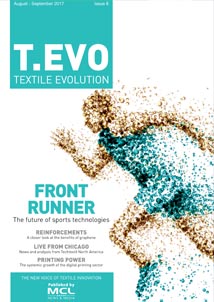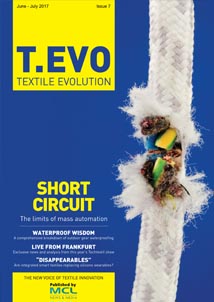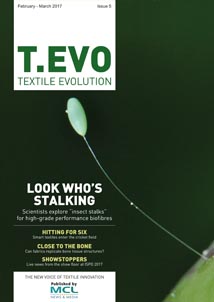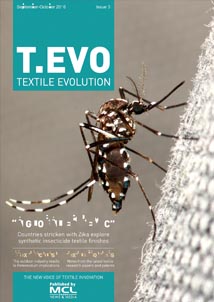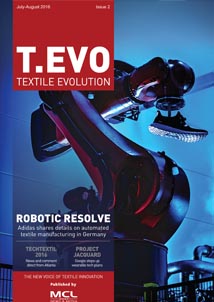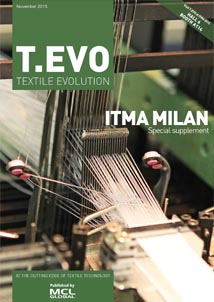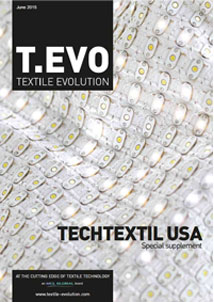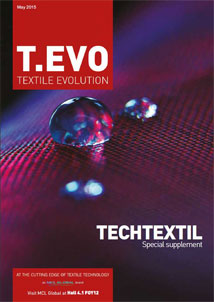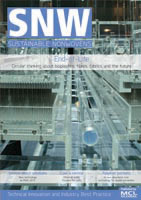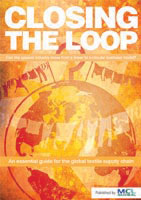ESPOO – The VTT Technical Research Centre of Finland has developed a fibre technology which automatically adjusts the temperature of functional textiles based on external conditions, and says this could be a key advancement for not only performance athletes, but also for medical garments in hospitals.
The technology, based on the VTT’s ‘Human Thermal Model’ calculation tool, measures data signals from the body and the wearer’s environment to calculate whether a garment needs to be warmer or cooler. The VTT says this development is in response to current performance fibres on the market which struggle to overcome the technological barrier of meeting the needs of individual human body temperatures.
Highlighting hospitals and medical garments as a potential area for growth in terms of smart textiles, the VTT says its new technology has the ability to assist surgeons and patients who experience elevated and lowered body temperatures before and after surgery.
“Hospital patients have been asked about their most unpleasant experience, and the most common answer is feeling cold – pain comes only second", says the VTT’s lead scientist Pekka Tuomaala.
“Body temperature can be individually adjusted – a ‘smart blanket’ [for example] could identify the person, measure the external conditions and adjust the blanket's temperature to meet the patient's actual needs.
“The clothing is constantly calculating and adjusting how much the surgeon's body needs to be cooled,” the VTT also noted.
Commercialisation
Back in November, the VTT said it was looking for potential partners within the sportswear, outdoorwear and wearable technology sectors to help push for a wider scale commercialisation of the Human Thermal Mode calculation tool, and the Centre has stressed that this is still key to developing such technologies.
"The VTT is looking for companies to join in the development and commercialisation of this technology for the market,” Tuomaala said.
“We have extensive technological knowledge, for example in future fibre technologies, functional clothing solutions such as microfluidics, detectors, sensors and the Internet of Things."
The Human Thermal Model is also said to have application potential across a number of industries which require adjustable performance wear, such as military uniforms, construction workers, athletes and even in babywear.
Web: www.vtt.fi
